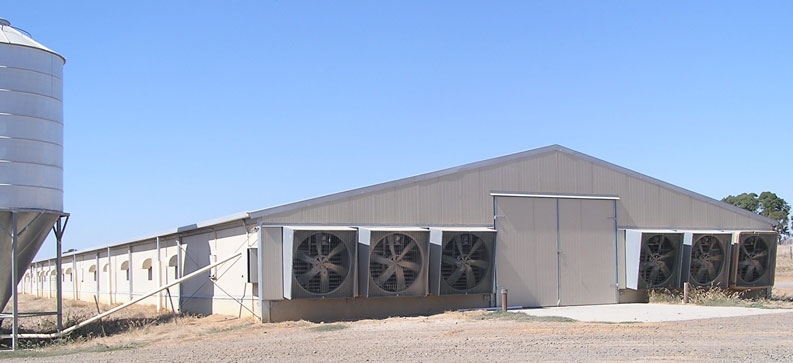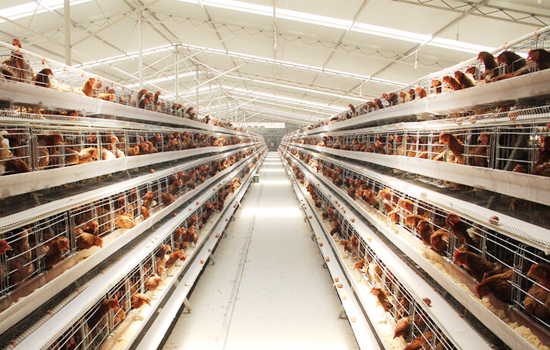Raising broilers in broiler cages offers numerous advantages that contribute to efficient and profitable poultry farming. Broiler cages, also known as battery cages, are specially designed structures that provide a controlled environment for broiler chickens throughout their growth cycle. In this article, we will explore the various benefits of utilizing broiler cages in poultry farming.
1. Optimal Space Utilization:
Broiler cages are designed to maximize space utilization by providing a structured environment where chickens can be housed in tiers or multiple levels. This vertical arrangement allows farmers to accommodate a larger number of birds within a relatively small area compared to traditional floor-based systems. As a result, broiler cages are ideal for intensive farming practices, enabling farmers to maximize production efficiency and achieve higher stocking densities.
2. Improved Hygiene and Sanitation:
One of the key advantages of broiler cages is the ease of maintaining hygiene and sanitation within the poultry house. The elevated design of the cages keeps the birds off the ground, reducing the risk of contact with feces, litter, and other contaminants. Additionally, droppings fall through the cage floor onto a collection system, minimizing the accumulation of waste and facilitating regular cleaning and disinfection. This helps to create a healthier environment for the birds, reducing the incidence of diseases and improving overall flock health.

3. Enhanced Feed Efficiency:
Broiler cages promote better feed efficiency by providing controlled access to feed and water. Each cage is equipped with feeding and watering systems that deliver precise amounts of feed and water to the birds, minimizing wastage and ensuring optimal consumption. This controlled feeding regime helps to maximize growth rates and feed conversion ratios, resulting in higher production yields and improved profitability for farmers.
4. Reduced Mortality Rates:
The controlled environment provided by broiler cages helps to minimize stress and injuries among the birds, leading to lower mortality rates. By preventing overcrowding and providing adequate space, ventilation, and lighting, broiler cages create a comfortable and stress-free environment for the birds to thrive. This contributes to higher survival rates and healthier, more uniform flocks, reducing the risk of economic losses due to mortality and culling.
5. Ease of Management and Monitoring:
Broiler cages facilitate easier management and monitoring of flock health and performance. The structured layout of the cages allows farmers to observe and assess the birds more effectively, making it easier to identify and address any issues related to health, behavior, or productivity. Moreover, the modular design of the cages enables farmers to implement individual or group-based interventions, such as medication, vaccination, or selective culling, as needed.

6. Economical Use of Resources:
By optimizing space, feed efficiency, and labor requirements, broiler cages offer a more economical use of resources compared to traditional free-range or floor-based systems. The controlled environment and efficient production practices associated with broiler cages help to minimize input costs while maximizing output, resulting in higher profitability and sustainability for poultry farmers.
In conclusion, raising broilers in broiler cages offers a range of advantages that contribute to efficient, profitable, and sustainable poultry farming. From optimal space utilization and improved hygiene to enhanced feed efficiency and reduced mortality rates, broiler cages provide a controlled environment that promotes healthy growth and high-performance broiler production. By leveraging the benefits of broiler cages, poultry farmers can achieve higher production yields, better flock health, and increased profitability in their operations.




